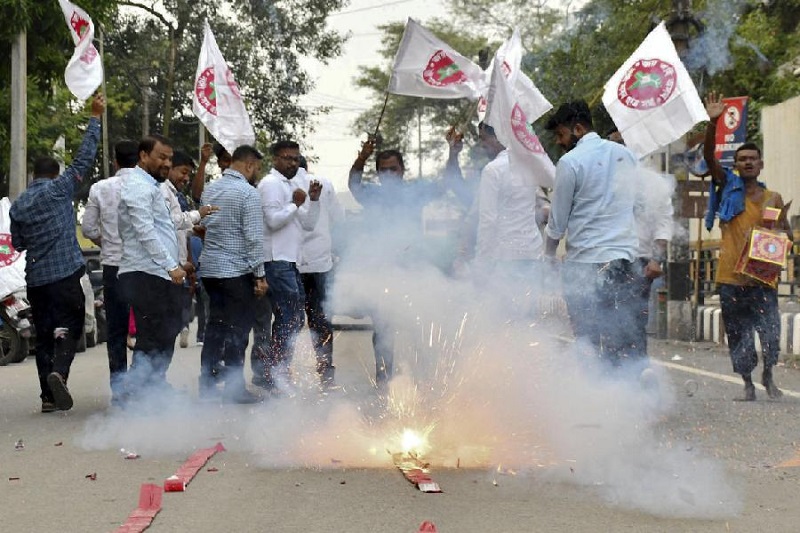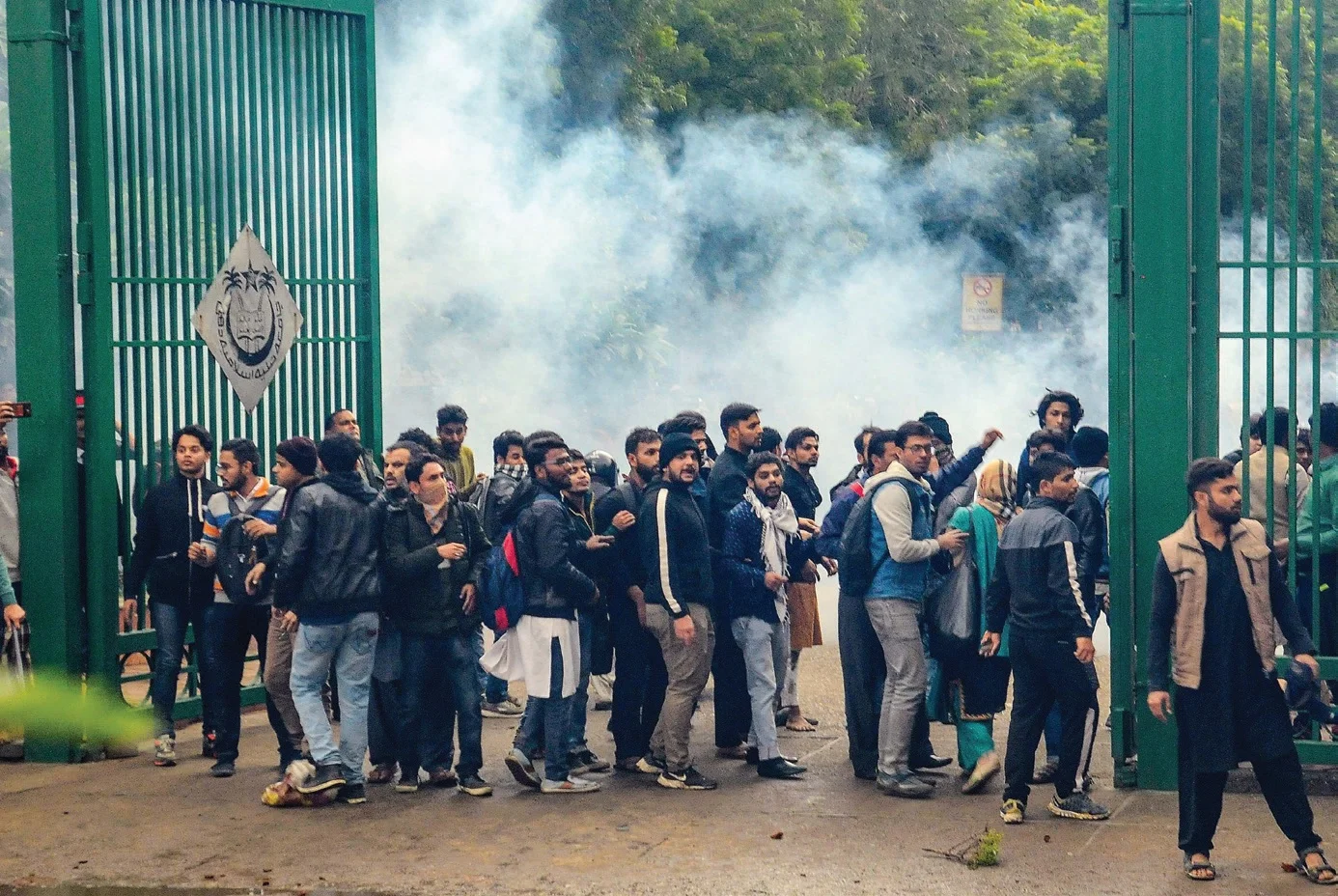
New Delhi- Section 6A, which was incorporated in the Citizenship Act 1955 following the signing of the 1985 Assam Accord, was upheld by the Supreme Court. The following explains the special provision of the law and its possible ramifications.
What is Section 6A of the Citizenship Act 1955?
Section 6A was inserted into the Citizenship Act as a special provision to deal with the citizenship of people covered under the 1985 Assam Accord signed by the then Rajiv Gandhi government with the All Assam Students Union (AASU), then headed by Prafulla Kumar Mahanta, who later twice became chief minister of Assam.
It is referred to in the law as “special provisions as to the citizenship of persons covered by the Assam Accord”.
The provision provides that those who came to Assam on or after January 1, 1966, but before March 25, 1971, from specified territories, including Bangladesh, and since then are residents of Assam, must register themselves under Section 18 for citizenship.
These people were barred from registering as citizens of India for 10 years from the day of their detection as per the provision of the Assam Accord.
As per the Assam Accord, those who had come after March 25, 1971, were bound to be deported from India. As a result, Section 6A fixes March 25, 1971, as the cut-off date for granting citizenship to migrants, particularly the ones from Bangladesh, residing in Assam.
Why the validity of Section 6A was challenged in the Supreme Court?
The Assam Sanmilita Mahasangha and many other petitioners challenged the provision, saying that it singles out Assam and has facilitated mass immigration.
They claimed that Assam’s demography has changed drastically due to the citizenship being granted to immigrants who claim that they entered Assam before March 25, 1971. They wanted 1951 as the cut-off year for the detection and deportation of illegal immigrants from Assam.
The petitioners had challenged Section 6A first in 2012 while arguing that Section 6A was discriminatory, arbitrary, and illegal so far as it provides for different cut-off dates for regularising illegal migrants who entered Assam and the rest of India.
What Supreme Court held?
In a majority verdict, the Supreme Court on Thursday upheld the constitutional validity of Section 6A of the Citizenship Act, 1955. Chief Justice of India (CJI) D Y Chandrachud, writing for himself, upheld the validity and said the magnitude of influx of migrants in Assam was higher as compared to other states considering the smaller land size and the detection of foreigners is an elaborate process.
Besides, Justice Surya Kant, who wrote for himself and Justices M M Sundresh and Manoj Misra, concurred with the CJI and held that Parliament had the legislative competence to enact such a provision.
The majority verdict held that the cut-off date of March 25, 1971, for entry into Assam and granting citizenship was correct. Justice J B Pardiwala, however, dissented and held Section 6A as unconstitutional. He said the open-ended nature of Section 6A had become more prone to abuse due to the advent of forged documents.
Mixed reactions to the judgement:
AASU, which has spearheaded a six-year-long agitation against illegal immigrants in Assam between 1979 and 1985, welcomed the Supreme Court judgment. The influential students’ body said the Supreme Court had given its stamp of approval to the Assam Accord under which all those who had entered Assam illegally must be detected and deported from the country.
However, Matiur Rahman, a former AASU leader, who filed the original petition in the Supreme Court on behalf of the Sanmilita Mahasabha, an Assam-based organisation, challenging the inclusion of Section 6A in the Citizenship Act, said he was not expecting such a verdict. He termed the ruling as “unfortunate” saying it will make the state a “dumping ground” for foreigners.
What is the government’s stance?
While admitting the petitioner’s concerns, over the burden on resources, job opportunities, and demographic changes due to an influx of immigrants in Assam, Solicitor General of India Tushar Mehta, representing the Centre, had said that Section 6A was confined to a particular period of time and declaring it unconstitutional would not be the solution to this problem.
Mehta expressed concerns over the negative consequences of the unabated influx on the people of Assam and submitted that the problem was a serious and ongoing one.
India shares a 4,096 kilometre-long border with Bangladesh of which 267 kilometre falls in Assam. During and after the liberation war of Bangladesh, which led to the independence of the neighbouring country in 1971, a massive influx of migrants to India was witnessed. Even prior to Bangladesh’s independence, migration had started to India, including Assam.
The indigenous people of Assam have been protesting for long against this illegal immigration fearing that they would become minority in their homeland. The indigenous people of Assam also claim that population of those who were originally from East-Pakistan has been increasing and they may eventually capture land, jobs employment opportunities and political power.
Follow this link to join our WhatsApp group: Join Now
Be Part of Quality Journalism |
Quality journalism takes a lot of time, money and hard work to produce and despite all the hardships we still do it. Our reporters and editors are working overtime in Kashmir and beyond to cover what you care about, break big stories, and expose injustices that can change lives. Today more people are reading Kashmir Observer than ever, but only a handful are paying while advertising revenues are falling fast. |
| ACT NOW |
| MONTHLY | Rs 100 | |
| YEARLY | Rs 1000 | |
| LIFETIME | Rs 10000 | |











